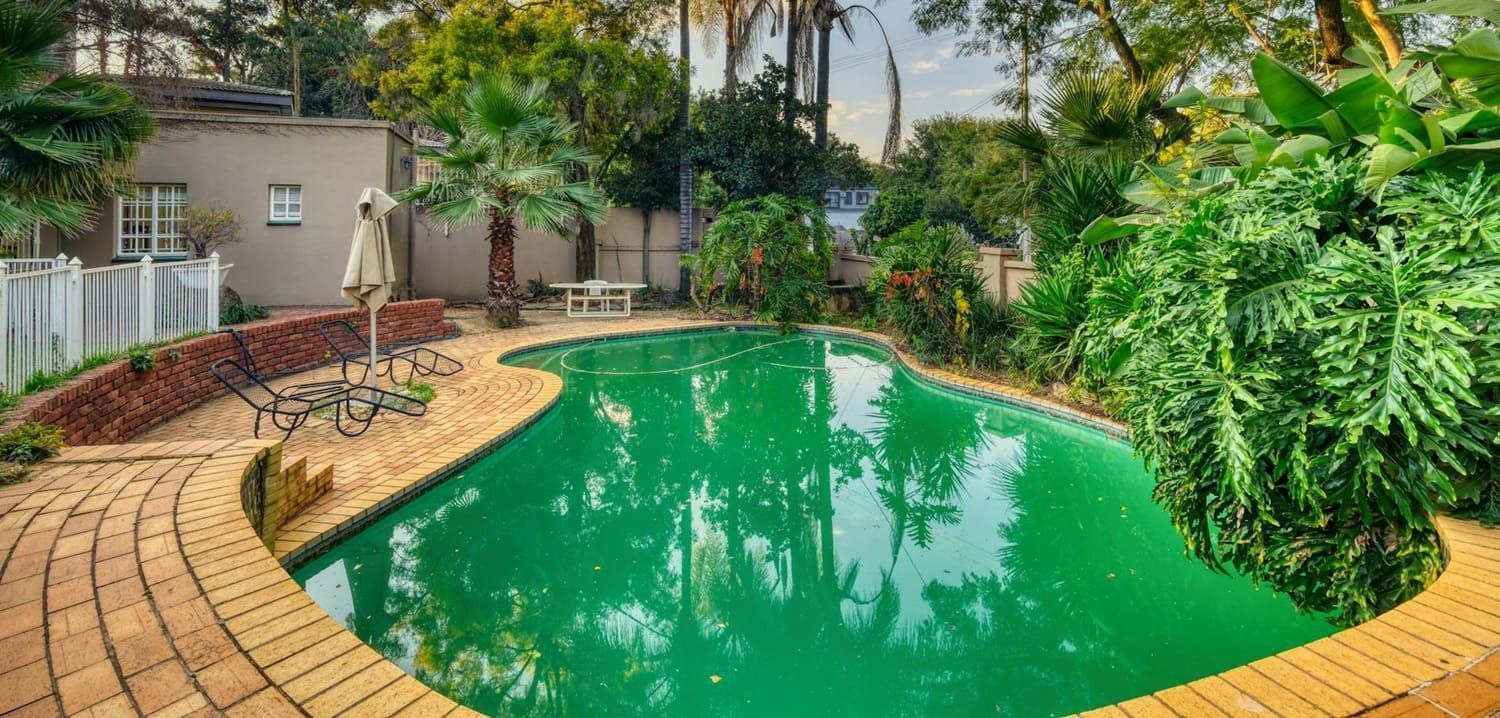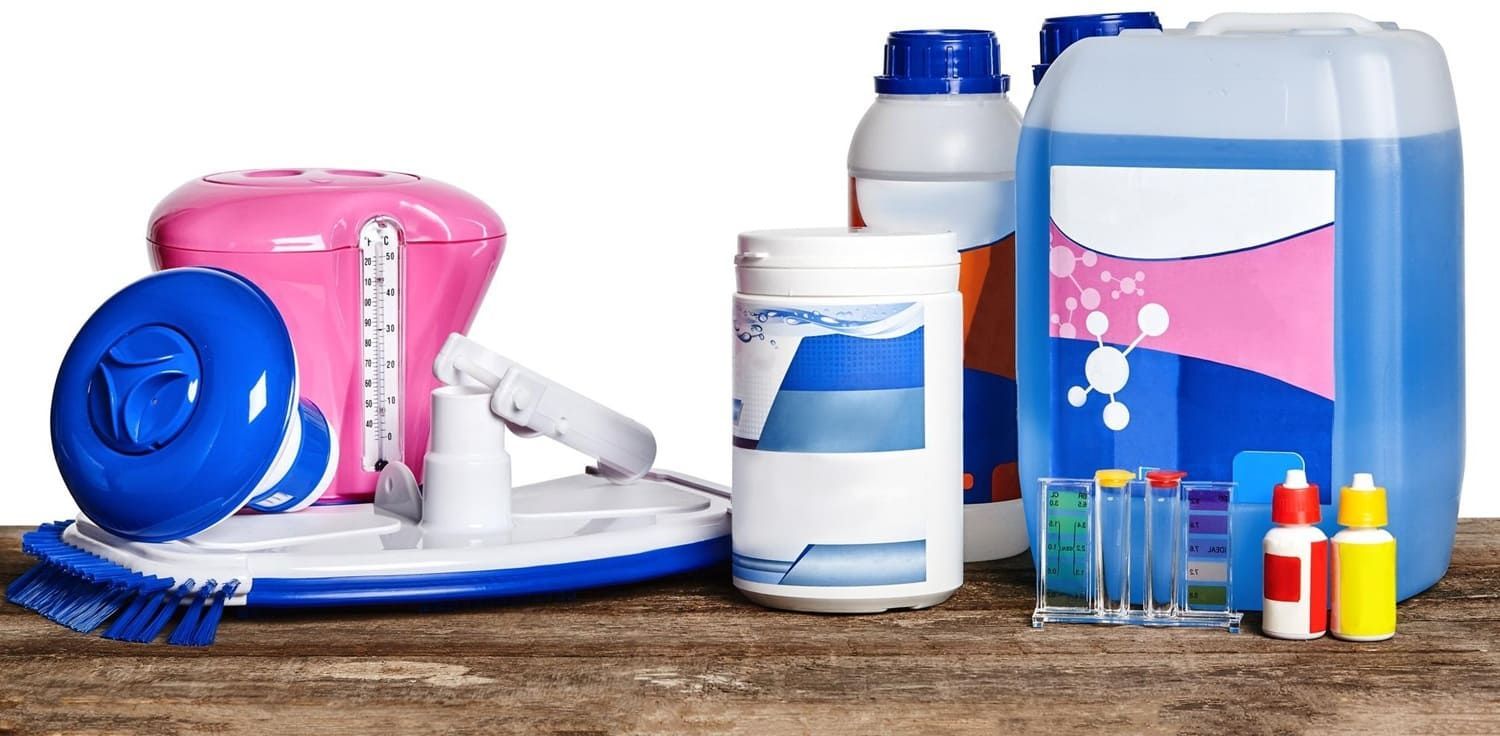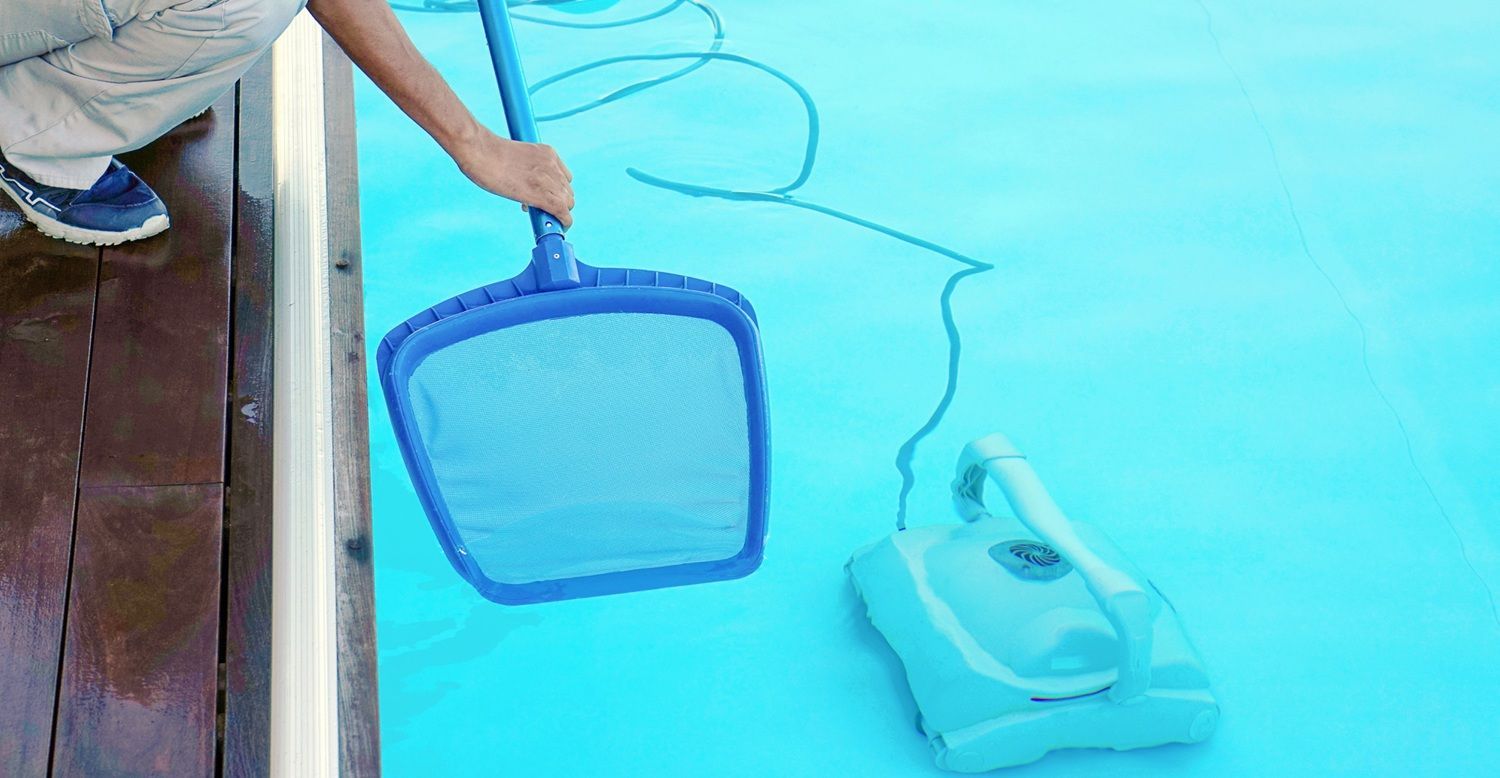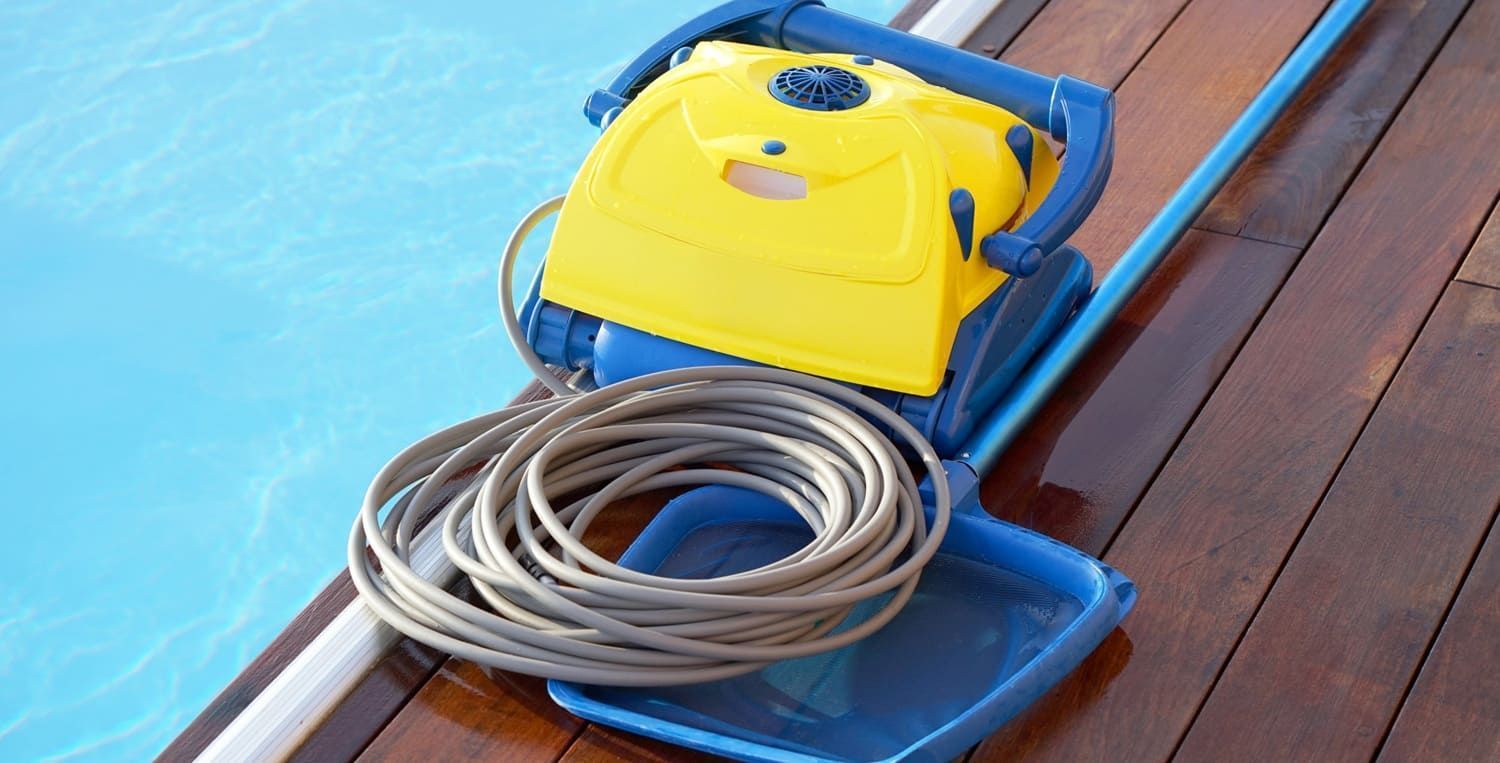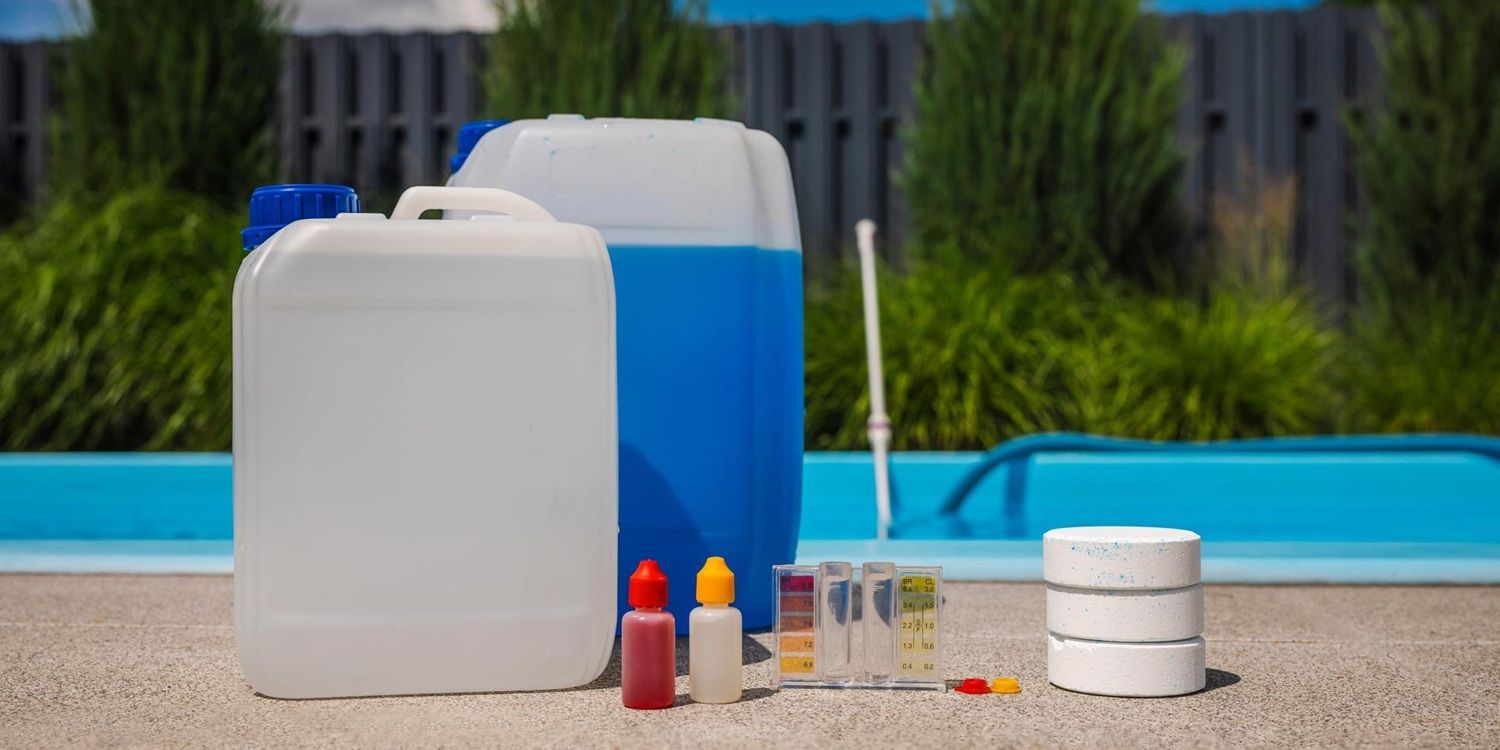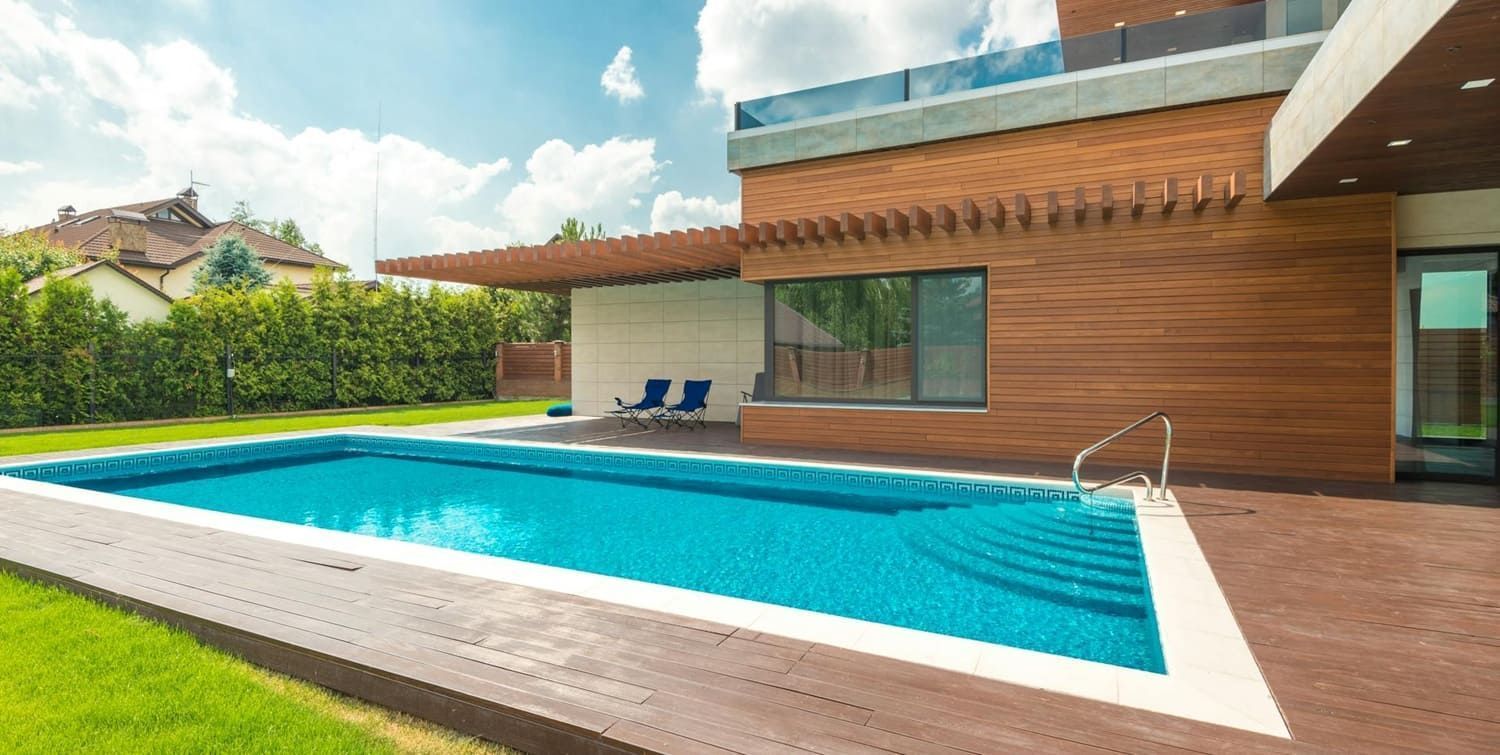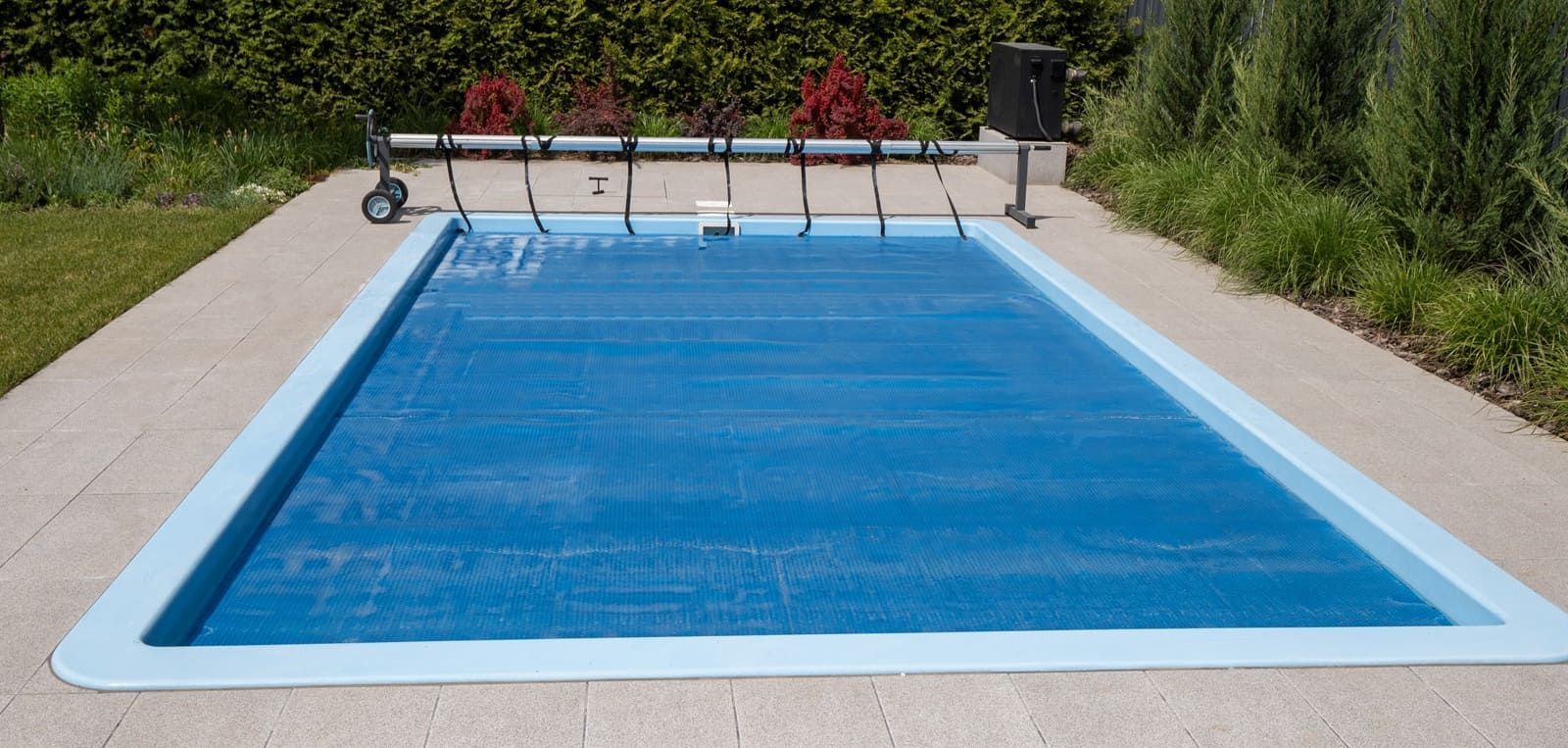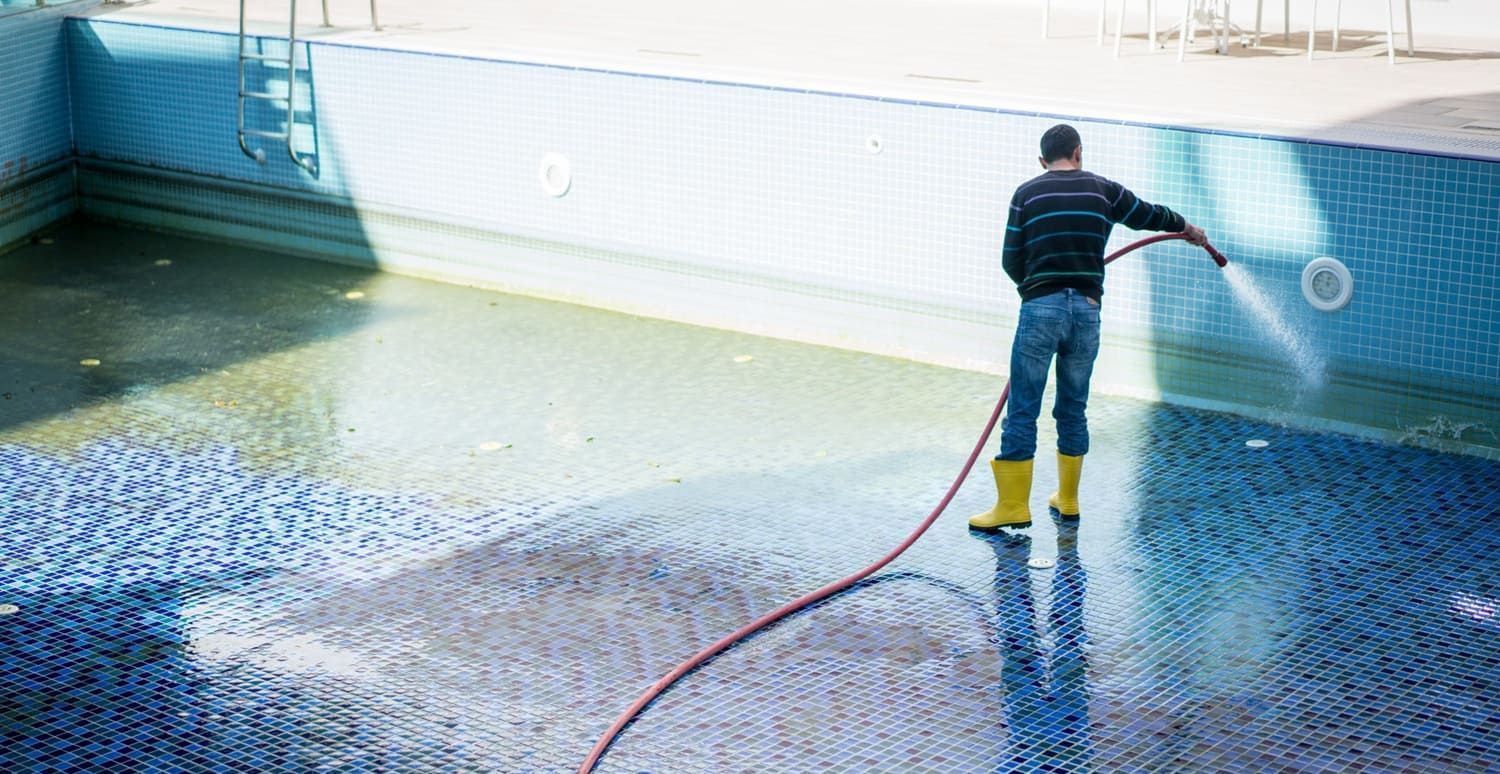Cleaning Water Line Tile: A Complete Guide for Pool Owners
What's that dirty stuff in your pool's water line? There's no need to call a pro just yet. Here's what you should know about cleaning water line tile.
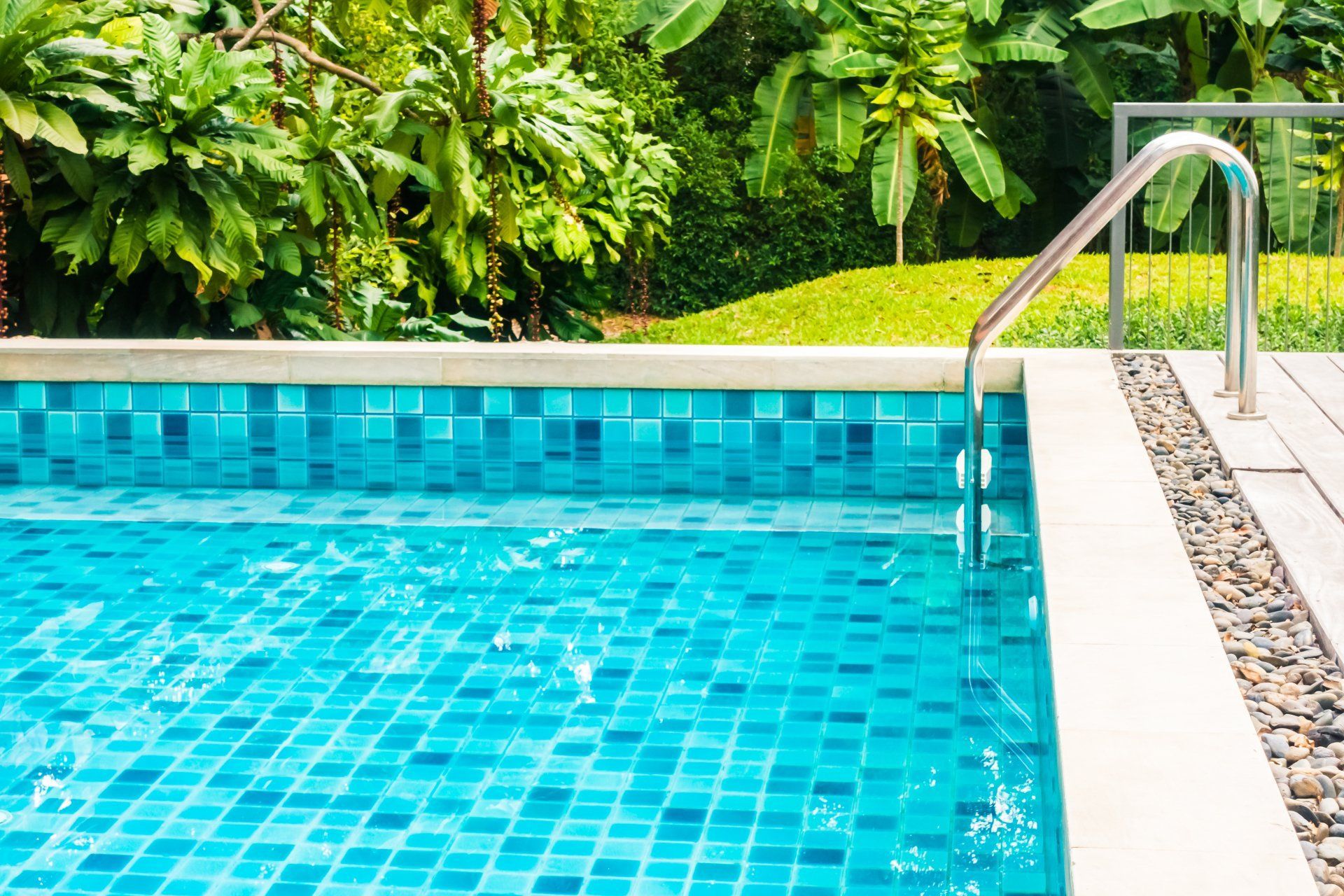
Your pool is a sanctuary, a place where you can gather with friends and family to cool off and recharge. But what happens when your pool is under attack?
Your pool is exposed to the elements, and dirt is the enemy! We're talking about the dirty stains occurring just along the waterline in your pool.
In this article, we will take a closer look at where those stains are coming from. Read this post for expert tips on keeping water line tile sparkling clean.
Water Chemistry
Managing your pool's water chemistry is a delicate balancing act. The ph range is recommended to be 7.2-7.6.
You should also consider water hardness, which should range from 180-220 ppm (parts per million). Then there is alkalinity. This should range anywhere from 80-120 ppm depending on the type of pool.
When these values are not in the ideal range, calcium deposits can occur. Water hardness, ph, and alkalinity are all factors that can contribute to scale.
Causes of Waterline Stains
If your pool is experiencing waterline stains, don't be alarmed. Understanding where these stains are coming from will help you address the issue. Here are the three main causes of waterline stains:
- Calcium carbonate- Usually caused by evaporation at the waterline, this white, flakey deposit is easy to remove.
- Calcium silicate- This slightly grey deposit is difficult to remove, and it's usually caused by high pH levels.
- Efflorescence- A water-soluble lime carried from the earth in evaporating water, it accumulates along grout lines.
Water Line Tile
When scale begins to collect in your pool, the first place you are going to notice it is at the waterline. This is because evaporation is occurring at the water surface, leaving behind calcium carbonate and calcium silicate.
The result of calcium scale is that your waterline tile begins to turn hazy. In some cases, white chalky streaks of scale can cause permanent damage to your tile.
This is a sad scenario considering that waterline tile is often the most decorative part of your pool. You must fight back.
Cleaning Tile
The best way to prevent damage to your swimming pool waterline tile is to clean it regularly. This is something you can do yourself, without having to hire a professional. However, you must be careful when choosing a cleaning solution.
You need a cleaning solution that will be strong enough to handle the worst calcium deposits yet safe for your pool. You need to make sure that you will not be introducing any harmful chemicals into your pool water.
When cleaning the tile, it is important to remember that the calcium scale will come off in layers—the same way it was created. So you should first scrub the initial layer without any cleaner to break it up. Then apply the cleaner and scrub again.
Repeat this process of applying cleaner and scrubbing until the calcium deposits are removed. Finally, rinse the area thoroughly when finished.
Efflorescence is cleaned in a similar manner. However, a different cleaning solution that can remove lime deposits is required.
After applying the cleaning solution, wait 2-3 minutes. Then scrub with a stiff bristle brush, focusing on the grout lines. Rinse and repeat until all efflorescence is removed.
This is the safest way to clean your pool tile. Remember to take a picture before and after your cleaning so you can compare your results. For more information on cleaning pool tile, read the seven tile cleaning mistakes to avoid.
Sealing Tile
As the name implies, sealants seal the porous surface of the tile from the elements. This coating will protect from damage caused by minerals as well as from UV exposure.
Sealing tile helps restore it to a 'new' look with a natural luster. Sealants are available with various finish types from natural to wet look.
To seal tile, it must first be cleaned free of dirt or build up. The tile should be dry. A sealant is then applied in coats. Each coat is allowed to dry before an additional coat is added. Usually, one to three coats is enough.
Grout lines should also be sealed to protect from efflorescence.
Protecting Tile
Now that you have cleaned and sealed the tile, it's important to protect your work. You can use a protectant to guard against future dirt, mineral, and calcium buildup.
Protectants make cleaning your tile a snap. They prevent contaminants from bonding with the tile surface so you don't have to scrub so much to remove them. Applying a protectant takes just minutes, but will last for months.
Keeping Tile Clean
Once you've invested the time and energy into restoring your tile, you will want to keep it clean. The best way to do this is through regular maintenance.
Clean regularly with a non-toxic environmentally friendly pool tile cleaner. Use an old toothbrush or pumice stone to scrub problem areas on a frequent basis.
Make sure that you keep the water chemistry and temperature within the recommended ranges. This will help prevent stains and deposits from forming in the first place.
If high calcium levels continue to be a problem, you may consider investing in a reverse osmosis system to remove minerals in your water.
Finally, installing a pool cover may help by reducing the amount of evaporation from the water surface.
Finding Products
You now know how to clean, seal, protect, and maintain swimming pool waterline tile. But, where can you find non-toxic environmentally friendly products that are safe to use in your pool?
Fortunately, LayorCare.com has developed innovative products to help you at each step of the way.
LayorCare Pool and Patio Protection offers high-quality cleaners, sealants, and protectants developed specifically for swimmin g pool applications.
Reclaim your pool tile from the dirt and scale. Contact Us today to get your pool tile looking li ke new again.
Recent Posts
